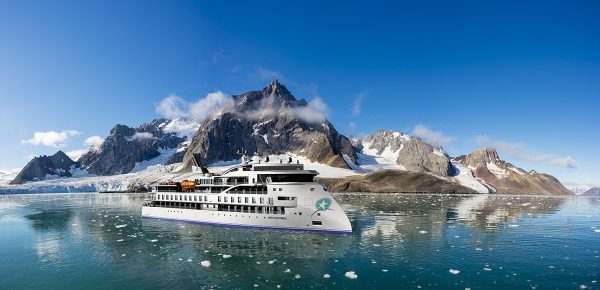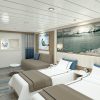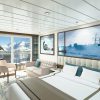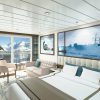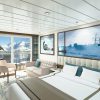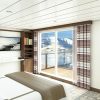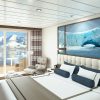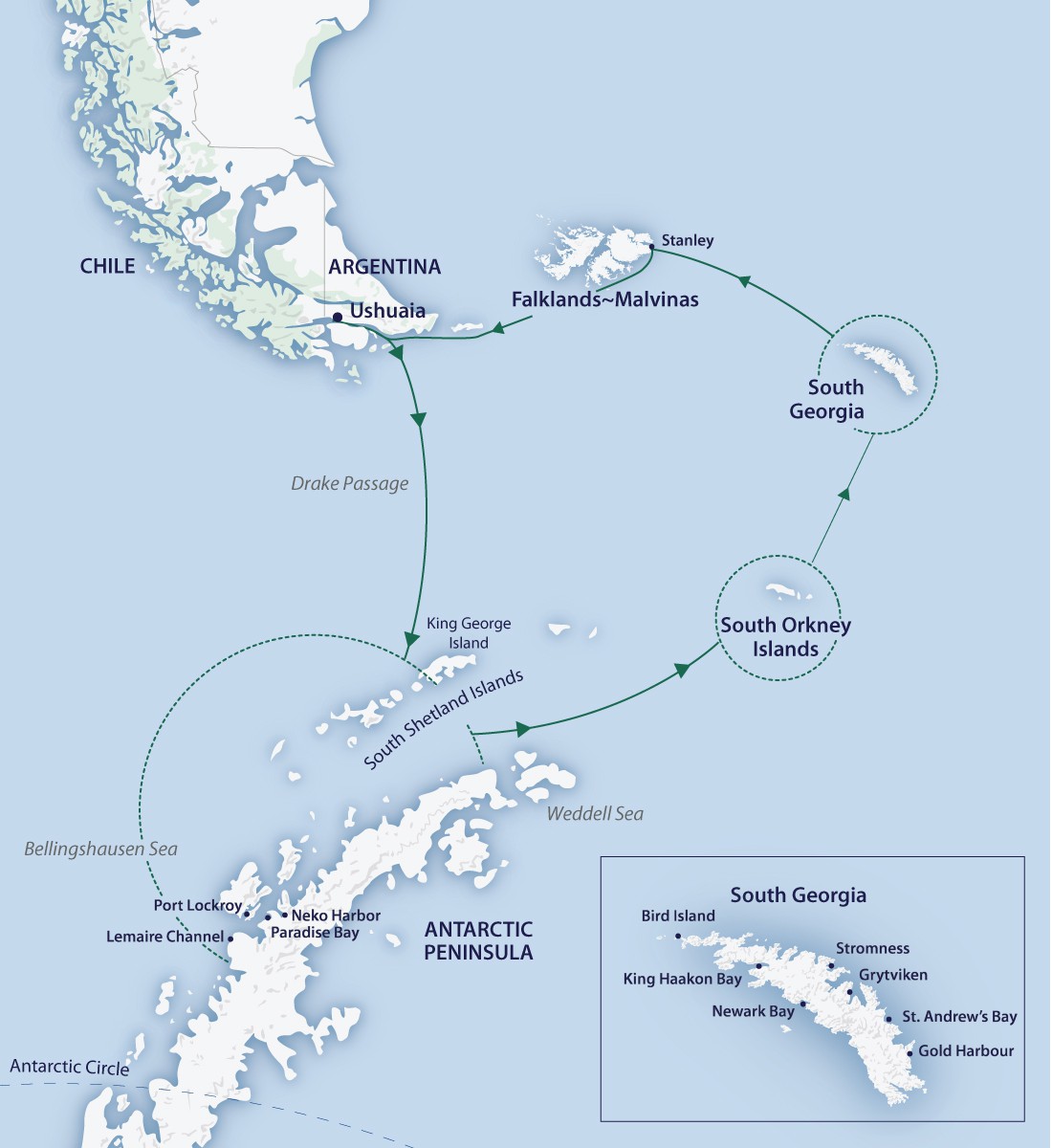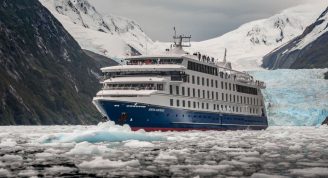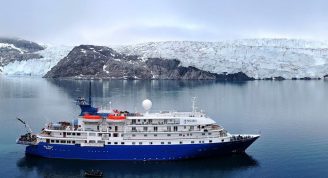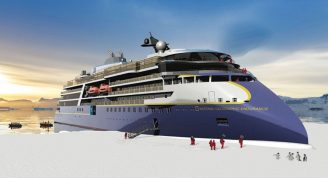Description
A total solar eclipse occurs only every 1-2 years, and to witness it in Antarctica is without doubt a rare occurrence. On this unique voyage, you will visit Antarctica and experience the incredible white continent in late spring, photograph glistening icebergs, witness thieving Adélie penguins stealing one another’s stones during nest-building, and orca whales hunting in packs. It’s a wonderful time to kayak and to snowshoe while the show is still pristine.
Perched in a favourable position, we hope for clear skies and favourable weather conditions to witness the full solar eclipse. The eclipse we hope to see in Antarctica is a total solar eclipse, which is only visible from a small area on Earth. Those who are able to see the total eclipse are in the centre of the moon’s shadow when it hits Earth. A total solar eclipse is in itself special, but to possibly experience it in Antarctica is truly a once-in-a-lifetime event. Enjoy thrilling Zodiac cruises amongst sea ice and icebergs in the Weddell Sea.
In South Georgia, a wildlife hotspot unlike any other, you will encounter elephant and fur seal beachmasters aggressively defending their harems from younger competitors, young wandering albatross test their enormous wings on their maiden flight, walk amongst some of the largest king penguin colonies on Earth and listen to their trumpeting mating calls. For the adventurous few, retrace the steps of Shackleton, Worsley and Crean’s epic alpine crossing from King Haakon Bay to Stromness. Stop in historic Stanley, Britain’s remote outpost, on our return to Ushuaia.


